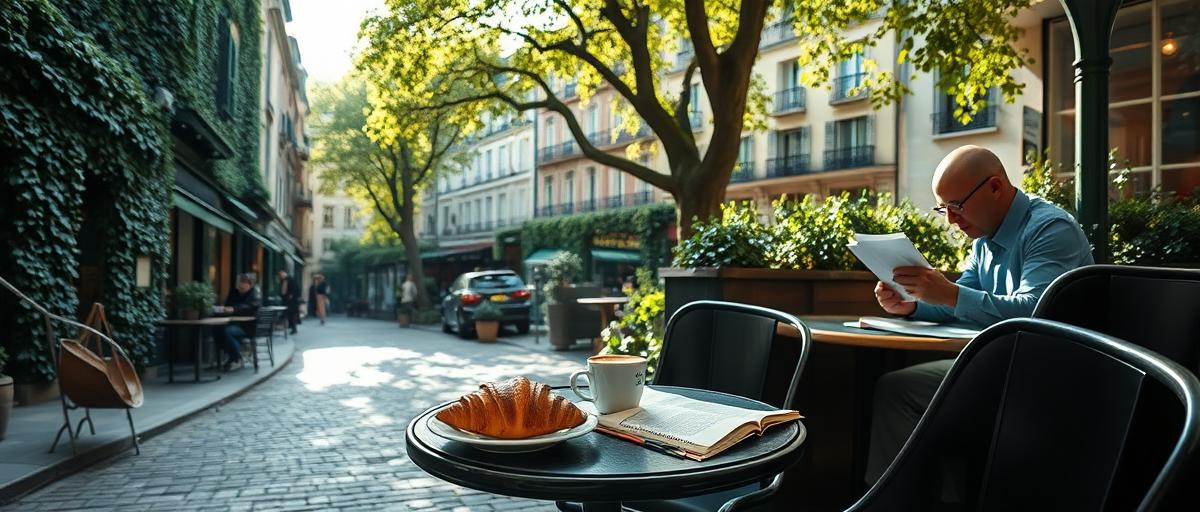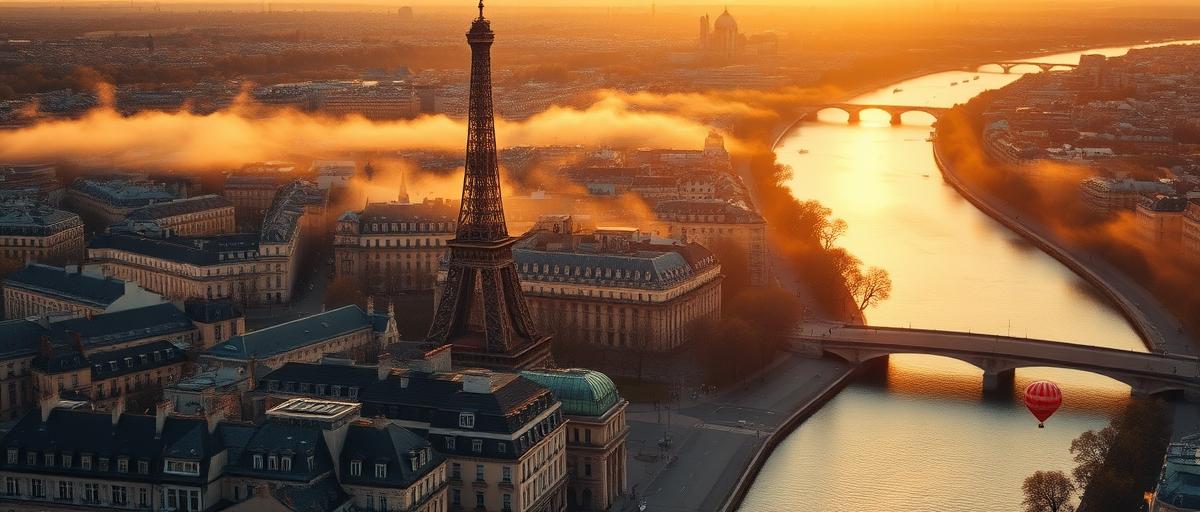Paris, the City of Light, is more than just a destination—it’s an emotion. From its cobblestone streets to its soaring Gothic cathedrals, every corner whispers tales of revolution, romance, and reinvention. Founded over 2,000 years ago as the Roman settlement Lutetia, Paris evolved into the heart of France, a beacon of culture that has inspired poets, painters, and dreamers for centuries.
The Seine River, the lifeline of Paris, divides the city into the Left and Right Banks, each with its own personality. The Left Bank, or Rive Gauche, is synonymous with intellectual fervor, home to the Sorbonne University and the iconic Café de Flore, where Sartre and de Beauvoir once debated existentialism. The Right Bank, or Rive Droite, pulses with commerce and grandeur, housing the Louvre, Champs-Élysées, and the opulent Palais Garnier.
Parisian architecture is a living museum. The Eiffel Tower, erected in 1889 as a temporary exhibit for the World’s Fair, defied critics to become the world’s most visited monument. Notre-Dame Cathedral, a masterpiece of French Gothic architecture, survived revolutions and a devastating fire in 2019, its spire now meticulously restored. Haussmann’s 19th-century urban redesign gave Paris its uniform cream-colored facades and wide boulevards, a blend of elegance and practicality.

The city’s cultural tapestry is woven with art. The Louvre’s 35,000 works span millennia, from the Mona Lisa’s enigmatic smile to the Winged Victory of Samothrace. The Musée d’Orsay, a converted railway station, celebrates Impressionism with Monet’s water lilies and Van Gogh’s starry nights. Street art, too, thrives in Belleville, where murals transform alleys into open-air galleries.
Parisian cuisine is an art form. From buttery croissants at Du Pain et des Idées to escargot at L’Escargot Montorgueil, every bite tells a story. The city’s 119 Michelin-starred restaurants, like Alain Ducasse’s Plaza Athénée, redefine gastronomy, while neighborhood bistros serve timeless dishes like boeuf bourguignon and crème brûlée.
Beyond the postcard sights, Paris thrives in its hidden gems. The Canal Saint-Martin’s iron footbridges and pop-up cafés offer a locals’ retreat. The Père Lachaise Cemetery, where Jim Morrison and Oscar Wilde rest, is a serene oasis of sculpted tombs. Even the city’s 472 parks, like the Luxembourg Gardens, blend formal French design with wild English charm.
Paris is not frozen in time. The 2024 Olympics will leave a legacy of sustainable infrastructure, like the Seine’s newly swimmable waters. The Île-de-France region’s climate initiatives aim for carbon neutrality by 2050, proving that even a city steeped in history can lead the future.
To walk through Paris is to dance with history, to taste the layers of time in a sip of wine at a sidewalk café, to feel the weight of centuries in the shadow of the Arc de Triomphe. It’s a city that demands to be felt, not just seen—a place where every visitor leaves a piece of their heart.

